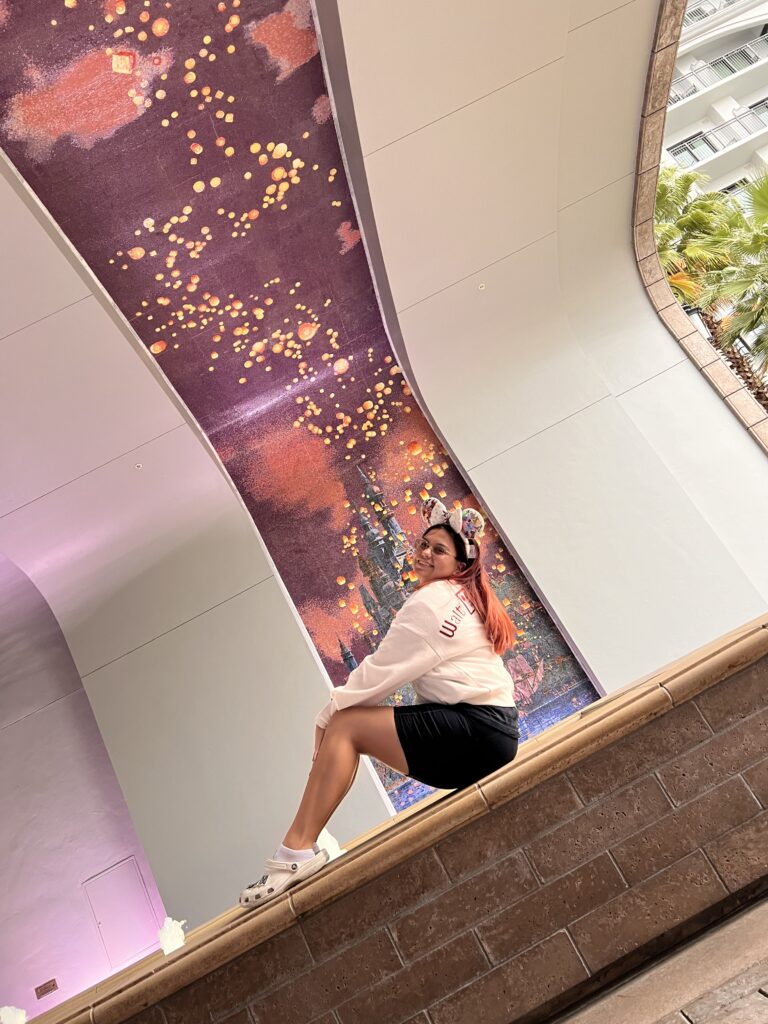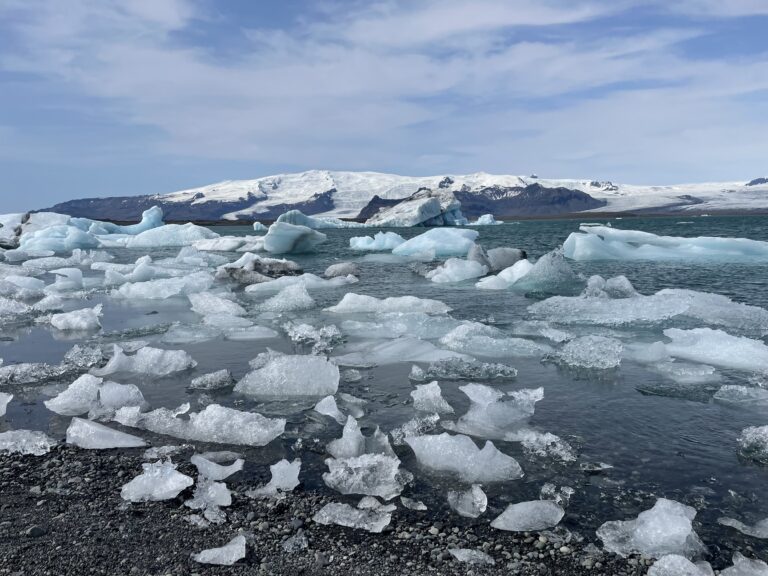Overview
Introduction
Dali, China, is a backpacker-friendly place to chill out in Yunnan province. The Ming-Dynasty-era, wall-enclosed old town overlooks a pretty lake, and there is good hiking nearby. Dali is located 225 mi/340 km northwest of Kunming.
Dali is famous for its marble, and samples are available in numerous shops around town. The other staples of backpacker hangouts—Internet cafes, coffee shops and cheap lodging—can also be found in Dali, especially on a street aptly named Yangren Jie (Foreigners' Street), a sort of reverse Chinatown.
The colorful Bai people are the main inhabitants of the surrounding area, and their weekly market in nearby Shaping is well worth a look.
Overview
Introduction
Sandy beaches, stretches of lush greenery, landscaped gardens, breathtaking mountains and clean air all contribute to the exceptional and serene beauty of Dalian, China.
Ubiquitous shopping, restaurants and a decent night life have led locals to dub this coastal city of 5 million (which is small, by Chinese standards) the "Hong Kong of the North."
Tour the city's Zhongshan Square to marvel at the classic and imposing Russian and Japanese architecture. The Lushun district is home to the famous, magnificent and panoramic Port Arthur, adjacent to the historical downtown area, and should not be missed.
The cluster of beaches serve as nice vacation spots where you can relax in the sun and take a dip.
This seaside city is also home to many parks and gardens. The Donghai Park along the beachfront in the downtown area is one of the most famous parks in the region.
Geography
Dalian is situated on of the Liaodong Peninsula, near Korea on the Bohai Sea. China's capital, Beijing, lies just across the Yellow Sea to the West, just an hour's flight away. To the south, the financial capital of Shanghai is a little over an hour away by air.
Dalian's coastline stretches over 1,182 mi/1,906 km and is the marine gateway of northeastern China. Stretching from the northern to the southern region of the city are the scenic Qianshan Mountain ranges. The gateway of the city's harbor is the Dalian Bay. Today, besides being a top tourist city, Dalian is also a key port, trade and industrial center in China.
History
Historical records state that the city of Dalian was first inhabited in 221 BC. However, it was only around the 1800s that Dalian was formally set up as a town and until the end of the 19th century it was a tiny fishing village.
Because of the city's favorable geographic location, it went through a series of invasions but was eventually returned to the Chinese. Around the 1840s, the British, frustrated with China's refusal to trade, tried to enter the country through Dalian, which was a prime gateway, kicking off the Opium Wars. It was during this time that the Qing government constructed maritime defenses as their source of protection. This marked the beginning of the growth of Dalian from a fishing village into a major town.
In 1898, the area of Dalian was leased to the Russians. After a string of conflicts, Dalian went into Japanese hands in 1937. It was only at the end of World War II that Dalian was returned to China, and the Russian influence remained until the end of 1955. The Chinese transformed Dalian into a major shipbuilding hub, which today stands as a vital harbor, trading center and pleasant coastal vacation destination.
On 16 July 2010, Dalian suffered the worst oil spill in Chinese history when two pipelines at the local refinery burst, leaking thousands of barrels of crude oil into the Yellow Sea. To expedite the cleanup, local officials paid residents for every barrel recovered. Within weeks, the spill had been contained as volunteers scooped oil from Dalian's waters and beaches, sometimes with their bare hands. The government is still sticking by its story that only 11,000 barrels were lost. However, conservationists who were there consider this spill on par with Alaska's Exxon Valdez disaster in 1989 along with the BP spill off Louisiana's south coast. Today, the area has completely recovered.
Potpourri
Dalian is called the "City of Apples" because of the tons of apples it produces each year.
Dalian's acrobatic performers are among the most well-known in the world.
Even if it's your first visit to the city, some parts of Zhongshan Park, Dalian's main plaza, may look familiar. Many scenes from the 1987 film The Last Emperor were shot there.
Location
The port of Dalian is situated at the southern region of the Liaotung peninsula and the pivot of northeast Asia. Because of its strategic geographical location, this port serves as a gateway to northeastern China.
The port is also known as Port Arthur.
Cruise ships dock at Dalian Harbor, which is within walking distance of the town. Taxis are readily available, but ask someone on the cruise to translate your destination into Mandarin as most drivers don't speak English. A shuttle usually runs from the cruise terminal to Zhongshan Square, Dalian's main plaza.












































